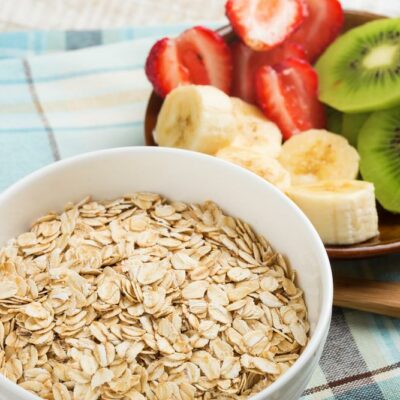
Health
Easy Meal Planning for Diabetes
Type 2 diabetes is a condition in which the body cannot make enough or can’t use insulin effectively. Insulin is a hormone that helps the body regulate sugar in the blood. It is caused by several factors, some that can be controlled or managed such as high blood pressure and smoking, while other factors are uncontrollable, like belonging to a higher-risk ethnic group. For some people, managing diabetes will include eating healthy meals and snacks, getting regular physical exercise, and even insulin shots. Most doctors can agree that diabetes can be managed by following a diabetes diet. By following a diabetes meal plan you can regulate blood sugar levels and help with losing and maintaining a healthy weight. We’ve compiled a helpful list to make your diabetes meal planning go as smoothly as possible: 1. Portion control The biggest challenge when starting any diet, let alone a diabetes diet, is to learn how to control your portions. Not only can it help with diabetes management, but it will also help with weight management. We recommend trying the plate method. This involves filling half of your plate with vegetables and splitting the other half in half again with complex carbohydrates and protein.
Read More 















